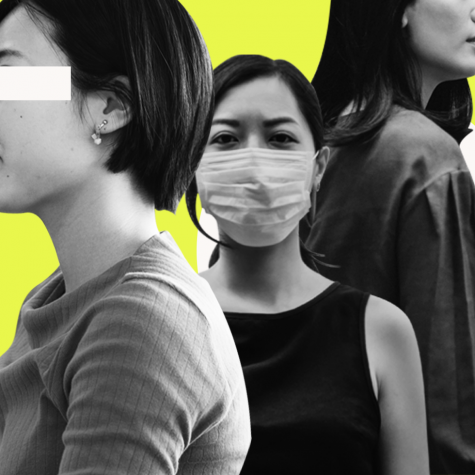Increase in Anti-Asian Hate Crimes and What We Have to Address
March 1, 2021
As COVID-19 surged throughout the United States, we observed a rapid increase in reported cases of stigmatization and othering of people of Asian descent. Asians and Asian-Americans experienced verbal and sometimes physical violence, racism, and xenophobia motivated by the uncontrolled health crisis.
There are countless examples even within December 2019 alone, at the beginning of the global pandemic. Asians and people of Asian descent have been the target of hate speech and derogatory language in media reports, politicians’ statements, and social media platforms. Needless to say, hate speech in the United States was heavily influenced by former President Donald J. Trump’s employment of the term “Chinese virus.”
According to the New York Police Department, there has been a 1,900 percent increase in anti-Asian hate crimes in New York City in the past year; there were 20 incidents in the first half of 2020 alone, compared to 1 throughout all of the 2019. A United Nations report in August 2020 also found that there were more than 1,800 racist incidents against Asian Americans in the United States over the eight-week span from March to May 2020. That said, these reported numbers understate the actual number of anti-Asian hate incidents, as most are not reported.
While this “wave” of violence and harassment towards Asians has seemed to lessen as many Americans become accustomed to a “new normal” secluded lifestyle, such as mask and social-distancing requirements, inexcusably, the anti-Asian hate crime has once again been observed in increasing numbers.
On January 31, 2021, three elders were attacked in Oakland California’s Chinatown, including a 91-year-old who was killed after being pushed to the ground. The video of the attack went viral on social media, as Asian-American actors Daniel Dae Kim and Daniel W
u announced a $25,000 reward for identifying the suspect. In less than a week, Vicha Ratanapakdee, an 84-year-old Thailand native, was attacked and killed in San Francisco; a 64-year-old Vietnamese woman was assaulted and robbed of $1,000 in San Jose; and Noel Quintana, a 61-year-old Filipino man, was attacked with a box cutter on the subway in New York City and his face was disfigured.
These acts of racist violence and discrimination against Asians are not something that popped up with the break out of COVID-19. With the increase of Chinese immigrants to the United States after the Gold Rush of 1849 on the West Coast, the Chinese Exclusion Act of 1882 was enacted to restrict immigration. It was  not until the ratification of the Immigration Act of 1965 when large-scale Chinese immigration was allowed to begin again. As the direct result of Japan’s attack on Pearl Harbor, Japanese Americans were forced to swear allegiance to the United States and forswear any allegiance to Japan and were sent to internment camps. An Asian-American movement began in the late 1960s and lasted until the 1980s and the violence has continued into 2021.
not until the ratification of the Immigration Act of 1965 when large-scale Chinese immigration was allowed to begin again. As the direct result of Japan’s attack on Pearl Harbor, Japanese Americans were forced to swear allegiance to the United States and forswear any allegiance to Japan and were sent to internment camps. An Asian-American movement began in the late 1960s and lasted until the 1980s and the violence has continued into 2021.
The gesture of pulling eyes up, down, or sideways with hands, which has been used to ridicule “smaller” and “slanted” Asian eyes for hundreds of years, has now even become a trend called the “fox-eye” makeup trend as if our natural body features are considered as accessories. What is worse is when our beautiful, traditional dresses, such as the qipao, traditional Chinese sheath dress, get exploited by the fast fashion industry with the intention of imposing a harmful, hyper-sexual stereotype of Asian or Asian American women.
Asian Americans or people of Asian descent are often viewed and referred to as the “model minority,” which connotes the generalization of Asian Americans with “positive” stereotypes like hard-working, intelligent, and obedient. These stigmas have made it more difficult for Asians to seek out help or talk about their struggles, even to the degree that racism towards Asians and Asian Americans is often considered a “joke.”
Casual racism towards Asians and Asian Americans has been so normalized in today’s American society, and it must be addressed on the same level as other forms of discrimination.
